The prevalence of Diabetes is growing rapidly in low- and middle-income countries as compared to high income countries. It is no more a disease of the affluent or those living in cities. In 2019, diabetes was the main cause of 48% of all deaths before the age of 70 years. As per the study by ICMR published in 2023, the prevalence of diabetes is 10.1 crores and prediabetes is 136 million in rural and urban areas of different states and UTs of India. The decade-long study recruited 1,13,000 participants, age>20 years from urban and rural areas of India. The study also reported higher prevalence of other related NCDs. It puts a large population at risk of not only developing cardiovascular diseases but also other complications of Diabetes such as eye, foot and kidney diseases. The cost of treating later is crippling for the patient, family and impacts the country’s economy overall. The higher prevalence of prediabetes and obesity reveals a faster transition from prediabetes to diabetic stage at relatively low levels of obesity. The uniform prevalence of prediabetes in rural areas is highly worrisome as these areas already lack facilities in the screening, diagnosis and management of disease conditions. To address this growing epidemic, preventing morbidity and mortality of cardiovascular diseases and other complications of Diabetes, early diagnosis, preventive measures and timely treatment become essential.
Swasthya Pahal by the Foundation of Healthcare Technologies Society is a Health for All initiative which aims to make health available, accessible, and affordable in rural, tribal and urban settings in India. It provides screening for high blood sugar, high blood pressure and obesity for addressing the growing burden of NCDs. It is an Interactive, preventive, lifestyle, self-management community based platform program for addressing this ticking time bomb which is implemented through a digital health intervention- SMAART PHIK. It is a Portable Health Information Kiosk which has been developed using combined Data, Information, Knowledge, Human Centered approach and behavioral, humanistic and learning theories. It is utilized to develop an individual risk profile for better disease prevention, monitoring and management of chronic NCDs.
FHTS is contributing in addressing this public health challenge and aims to support the Government’s efforts to alleviate this problem. The program includes screening, developing a risk profile and a tailored self-management counseling. In order to continue the support to the screened population, the beneficiaries can enroll in the SHINE initiative which enhances the self-management of NCDs by Nutrition and lifestyle education through SMS. In order to have maximum reach and impact, SMS has been chosen as a tool for delivery of the intervention so that non-smartphones users can also be included. The messages can be delivered in 8 languages and cover the following themes- diet, physical activity, stress, medication adherence, home remedies and healthy lifestyle.
Till date, Swasthya Pahal has screened 14000+ beneficiaries from 8 states through 400+ camps. Around 2900+ individuals have enrolled in the SHINE Program.
Swasthya Pahal and SHINE are cost effective digital intervention implemented using the SMAART informatics framework which can be utilized to screen obesity, diabetes, and hypertension for improved disease prevention, monitoring, and self-management of NCDs in a geographically inaccessible, underserved, under resourced environments followed by delivery of tailored messages on nutrition and lifestyle education.
Know more about Swasthya Pahal and the related publications:
Ref: https://www.thelancet.com/journals/landia/article/PIIS2213-8587(23)00119-5/fulltext
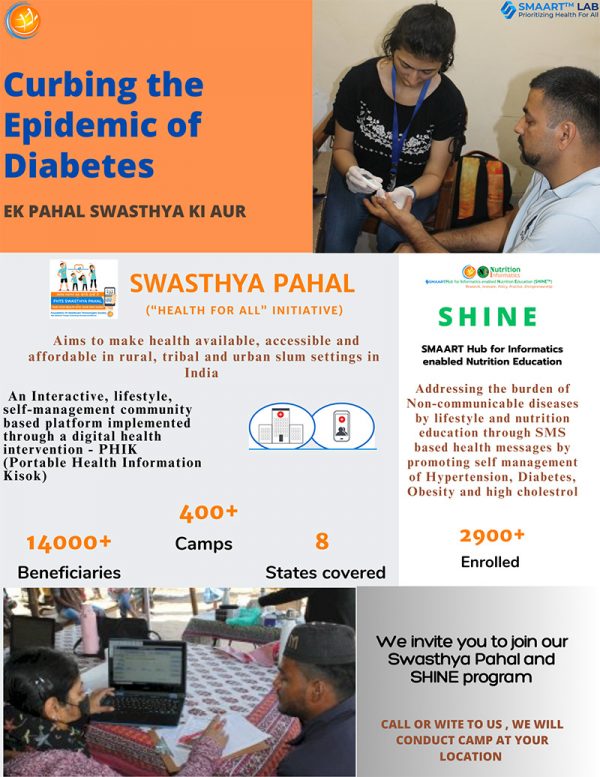





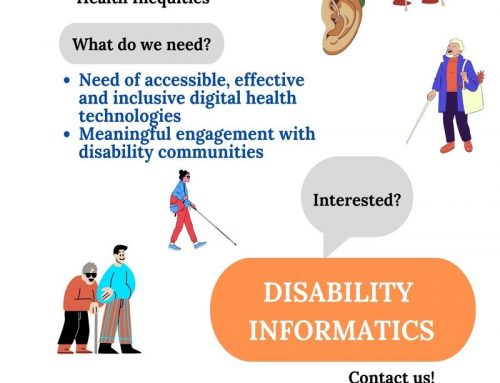
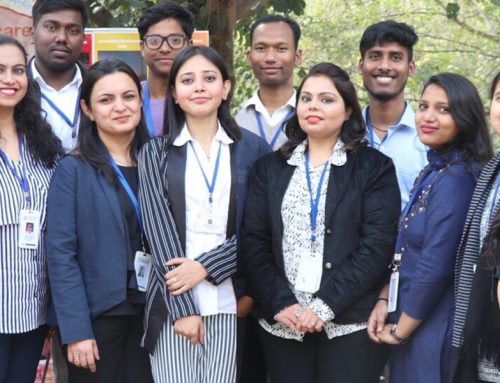

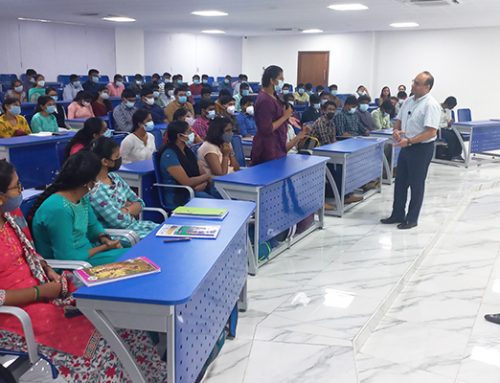
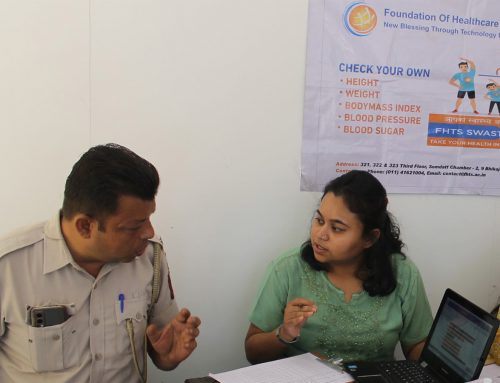
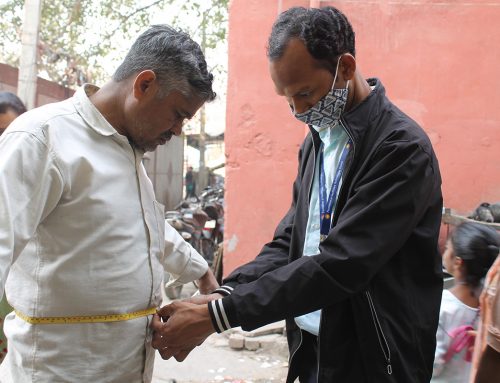
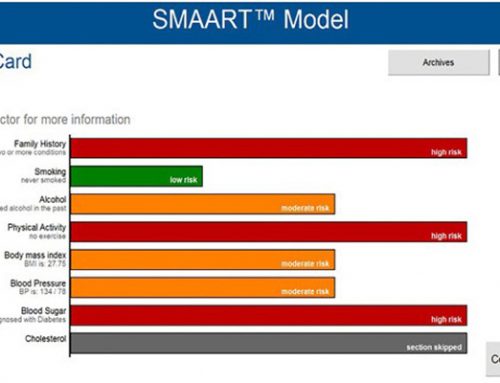


Leave A Comment